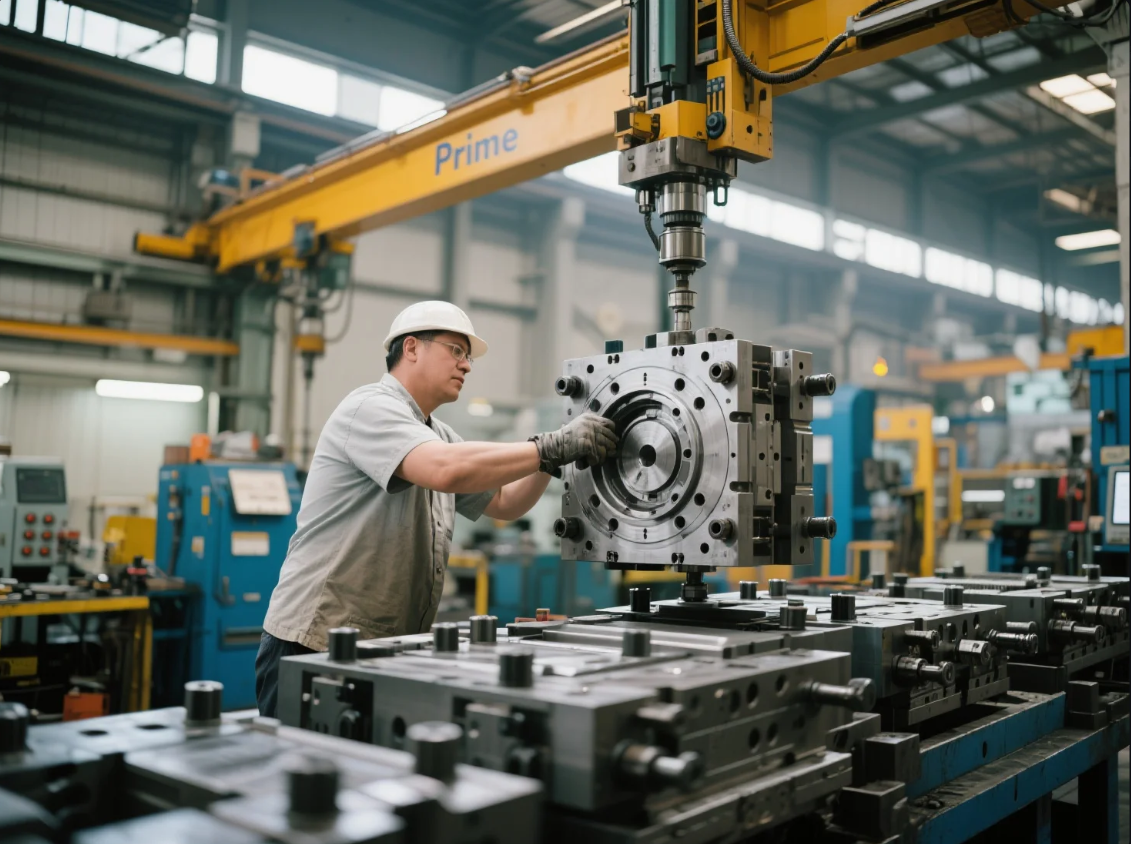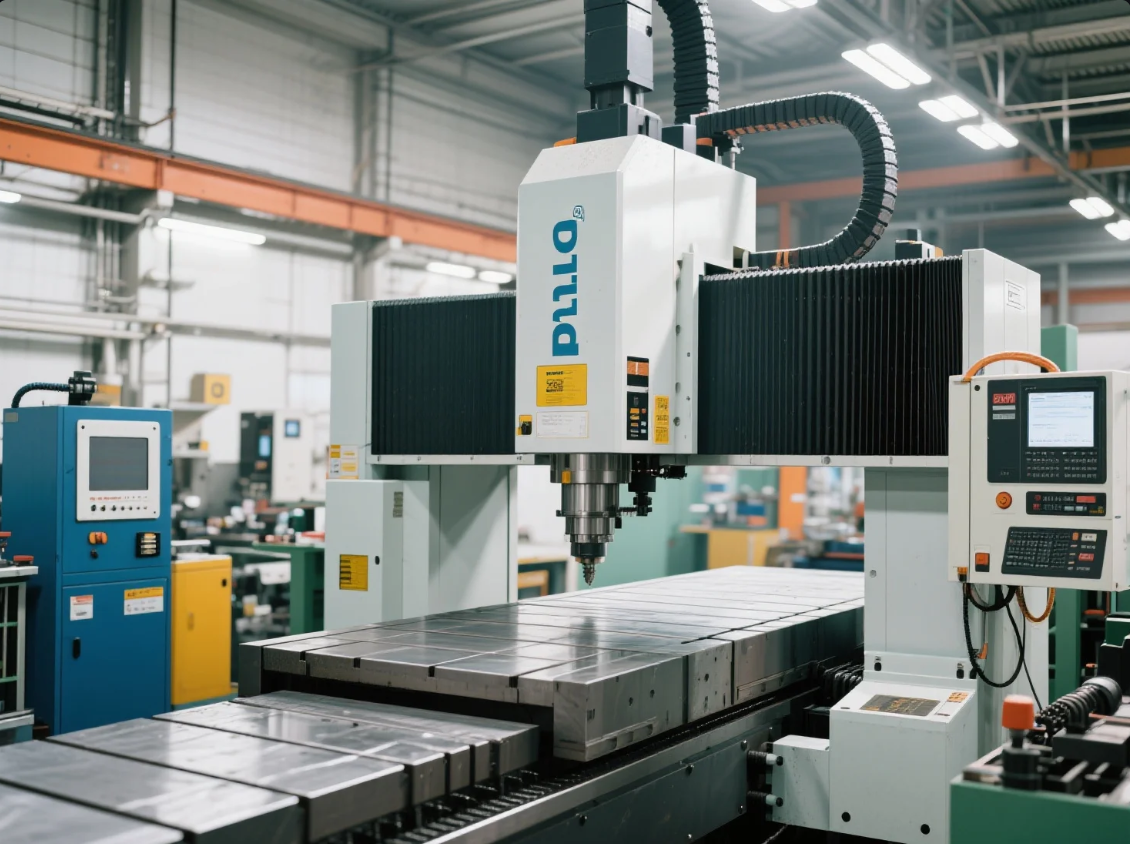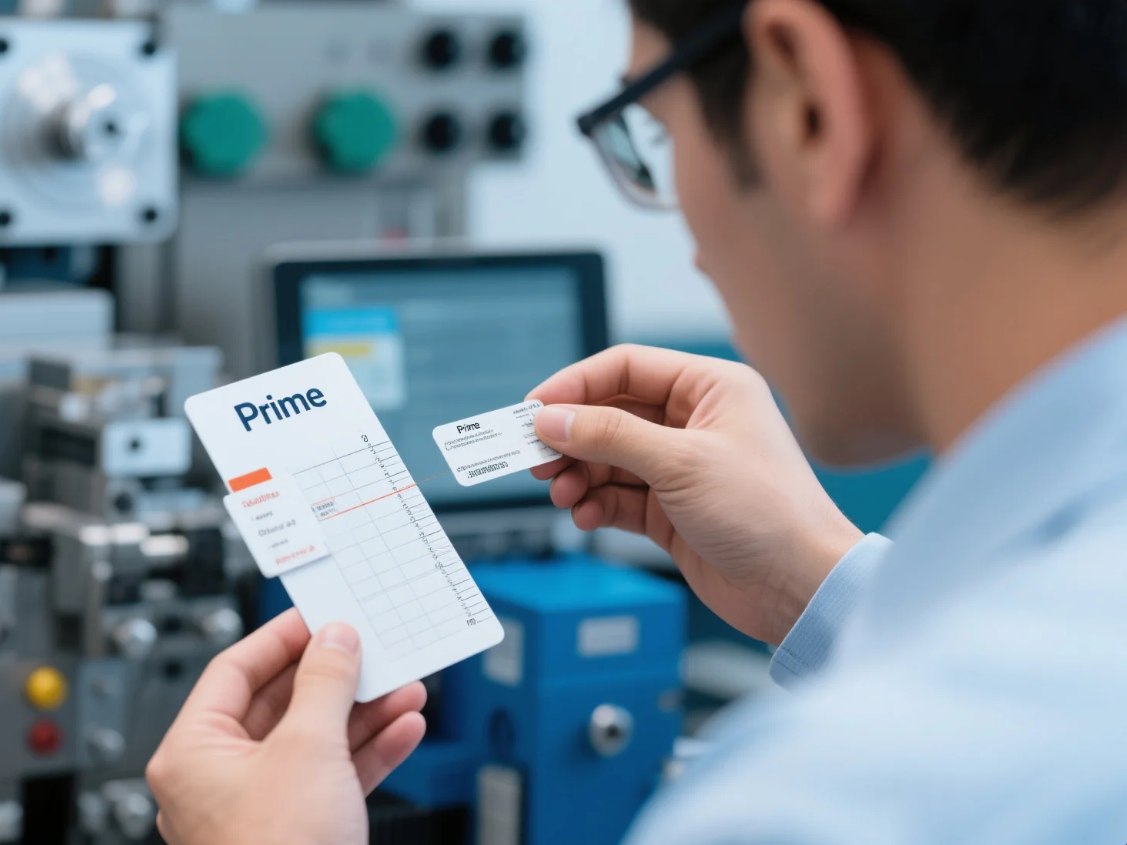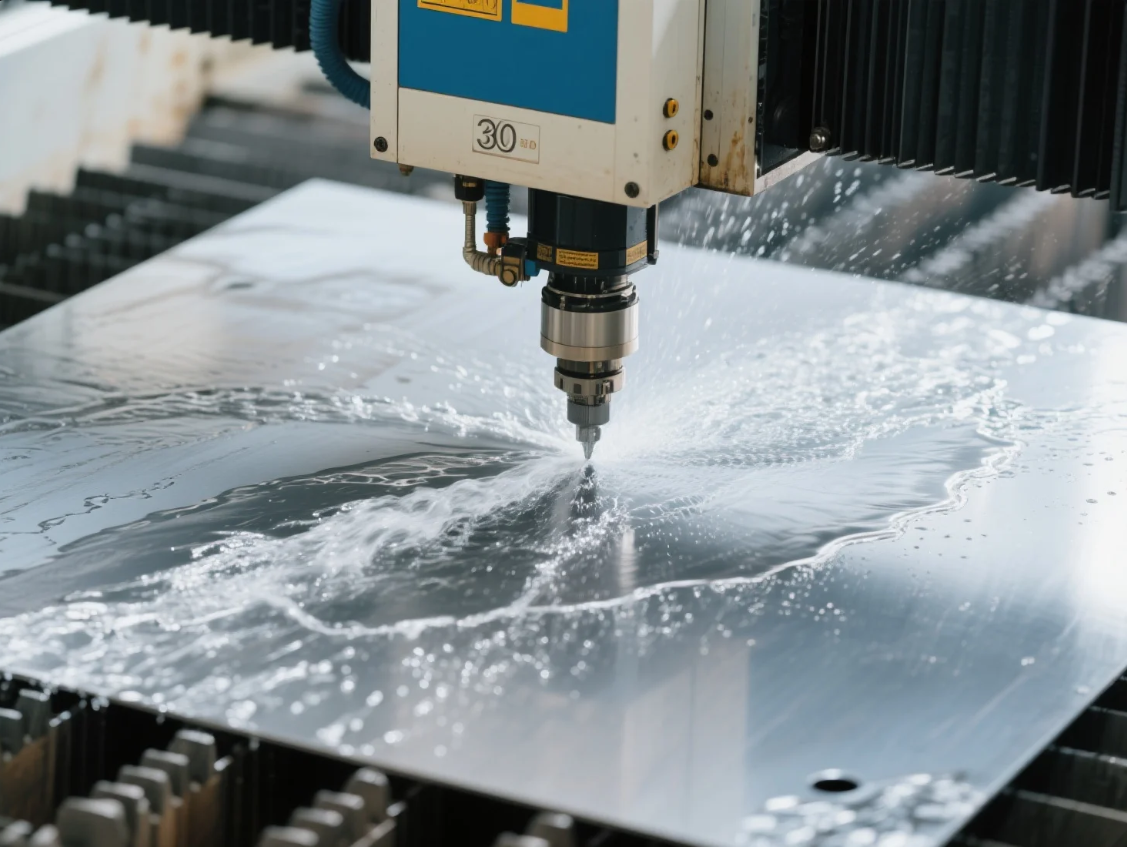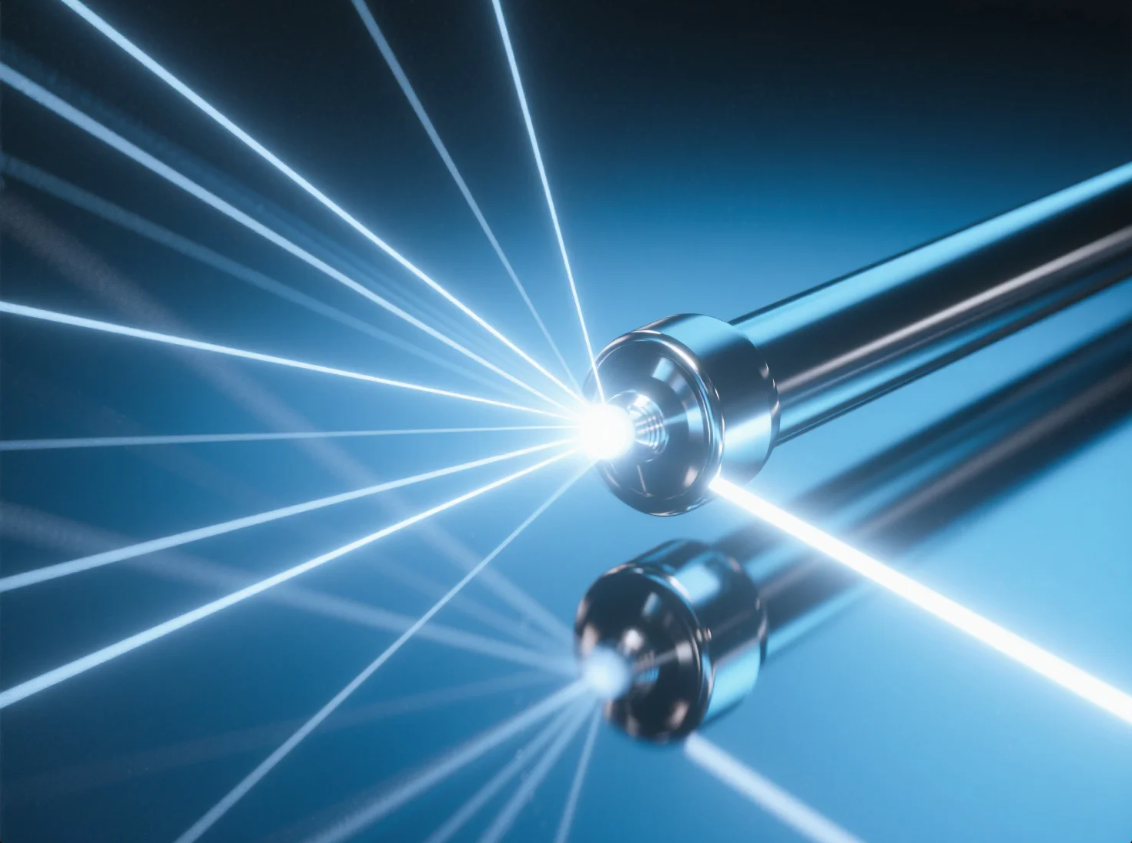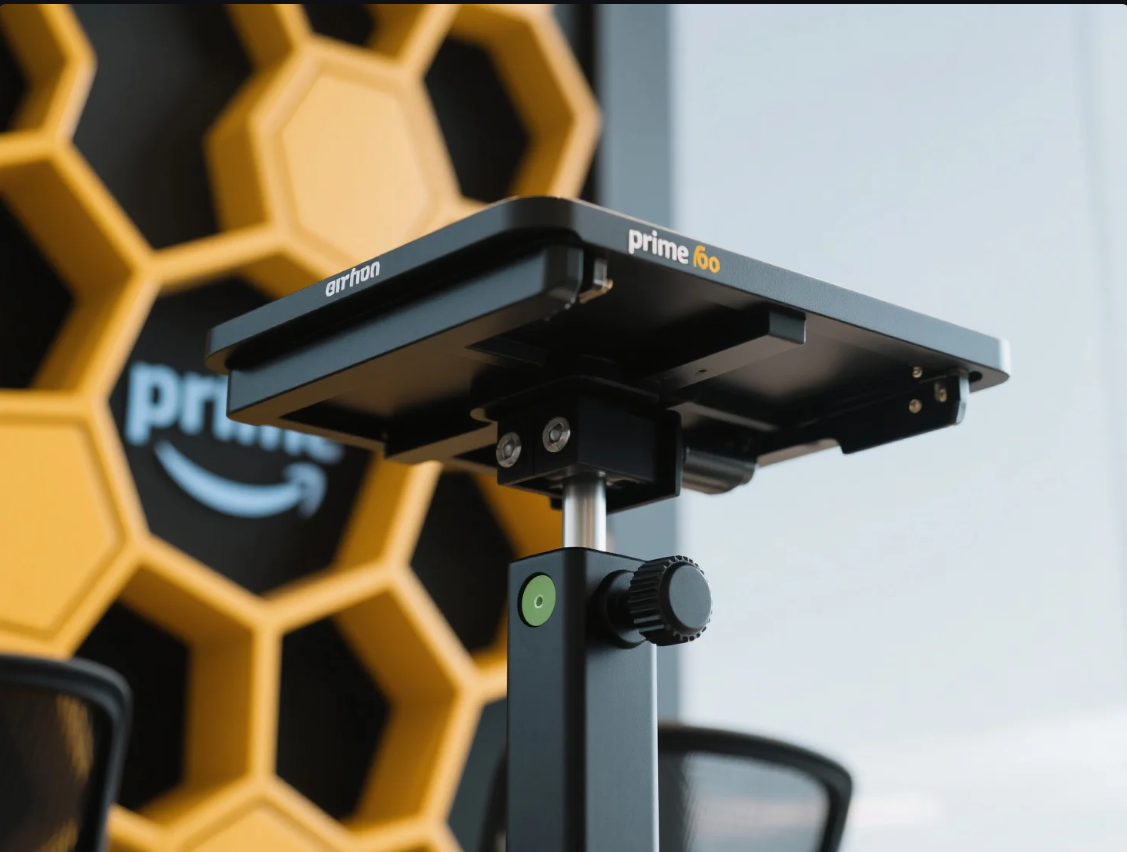Which is More Suitable for Precision Parts: Titanium or Aluminum?
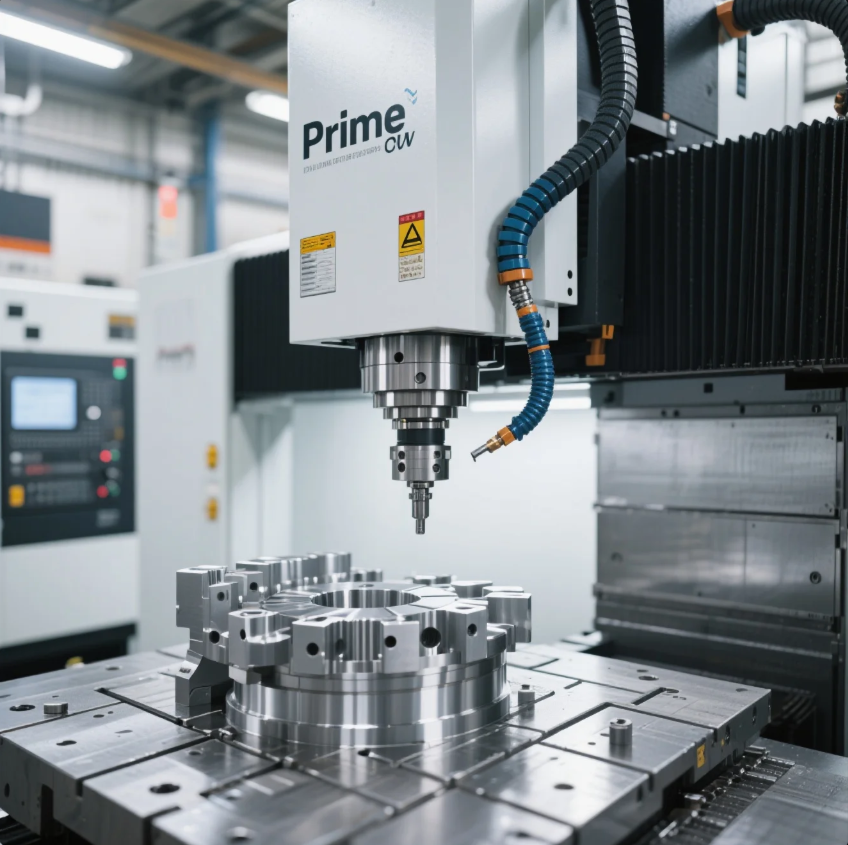
Are you comparing CNC titanium part machining with high-precision aluminum CNC service for your precision parts? You're not alone.
Choosing the right material for precision parts is critical for engineers and purchasing teams. A wrong decision can lead to cost overruns, machining failures, or underperforming products.
Titanium offers unmatched durability. Precision aluminum parts provide better speed and economy. As an ISO certified machining supplier, Prime helps global clients make the right choice—backed by 20+ years of experience in both aluminum and titanium components.
📚 Table of Contents
- Which is better, aluminium or titanium?
- What are the disadvantages of titanium?
- Is titanium more difficult to machine than aluminum?
- Does titanium last longer than aluminum?
- When to use aluminum or titanium for precision parts
- Design considerations for CNC titanium part machining
- Best practices for high-precision aluminum CNC service
- Conclusion
Which is better, aluminium or titanium?
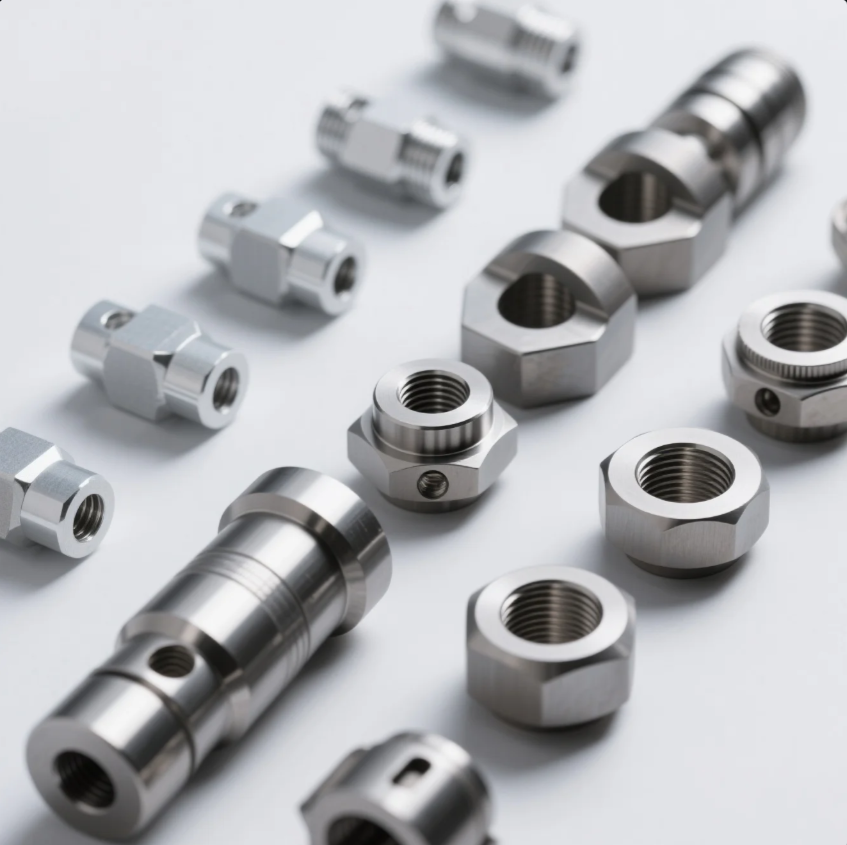
When choosing between precision aluminum parts and titanium components, the decision hinges on your application needs, lifecycle goals, and cost structure.
✔ Aluminum advantages for precision parts
- Lightweight and ideal for mobility-focused applications
- Excellent thermal and electrical conductivity
- Fast to machine using standard equipment
- Compatible with most surface finishes (anodizing, powder coat)
- Affordable for prototypes and short runs
✔ Titanium advantages for precision parts
- Exceptionally strong yet lighter than steel
- Immune to most forms of corrosion
- Biocompatible for medical use
- Maintains strength under high heat
- Long lifecycle in marine or chemical environments
| Property | Aluminum (6061-T6) | Titanium (Grade 5) |
|---|---|---|
| Density | 2.7 g/cm³ | 4.5 g/cm³ |
| Strength | \~310 MPa | \~950 MPa |
| Fatigue Resistance | Moderate | Very High |
| Machinability | High | Low |
| Material Cost | Low | High |
As a long-term custom titanium parts manufacturer, Prime advises choosing aluminum for consumer devices, drones, and enclosures, and titanium for implants, offshore rigs, and aerospace brackets.
What are the disadvantages of titanium?
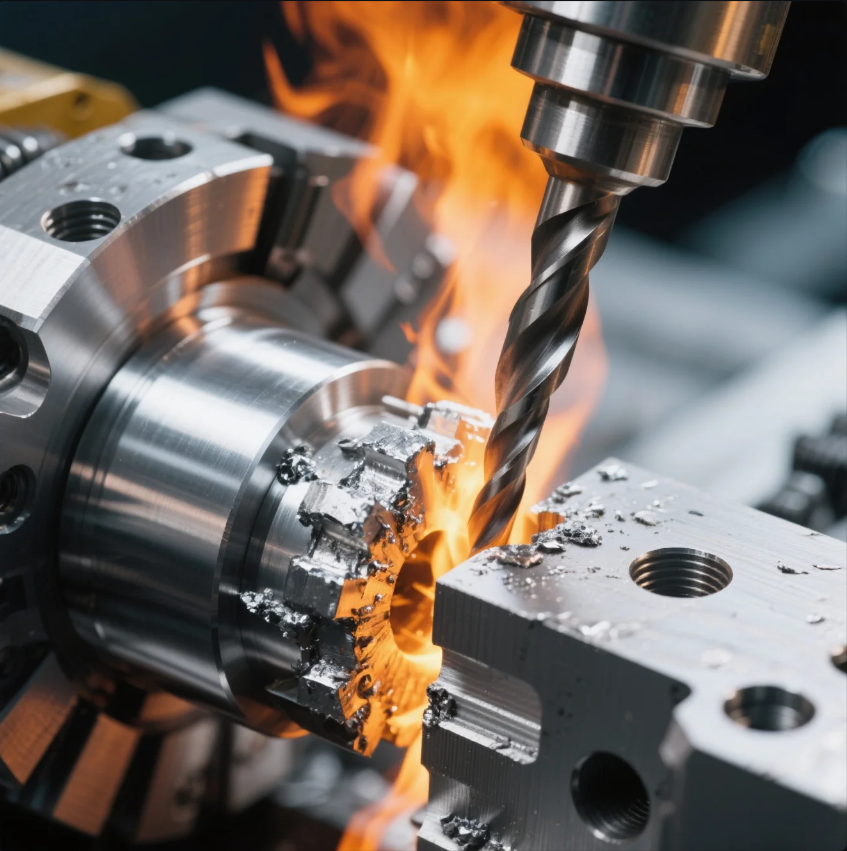
Although titanium offers top-tier performance, it presents several challenges for both designers and machinists.
🔧 Titanium’s drawbacks in machining include:
- Low thermal conductivity: Heat remains at the tool tip, increasing wear
- High strength: Requires more spindle torque and rigid machines
- Reactive at high temperatures: Demands special coolant systems
- Expensive tooling: Requires coated inserts and often customized geometries
- Longer lead times: More difficult to source and machine
Without the right process, titanium can become a bottleneck in your supply chain. Prime, as an ISO certified machining supplier, has optimized cutting strategies to minimize cycle time and maximize tool life during CNC titanium part machining.
We’ve helped reduce lead times by 25% for clients in the marine and energy sectors who rely on us as their custom titanium parts manufacturer.
Is titanium more difficult to machine than aluminum?
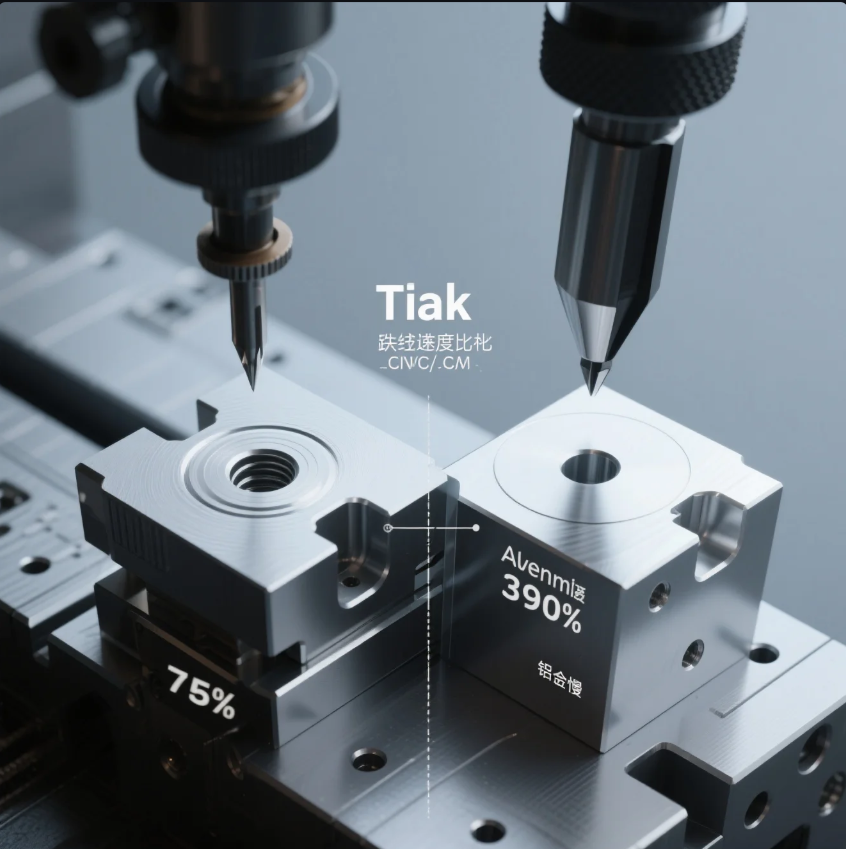
Yes. Titanium is universally regarded as one of the most difficult materials in CNC milling and turning.
🛠 Why CNC titanium part machining is harder:
- Requires low spindle speeds and minimal engagement per pass
- Generates more heat due to low conductivity
- Forms tough-to-evacuate chips that damage tools
- Needs rigid fixtures and machines with minimal vibration
| Factor | Precision Aluminum Parts | CNC Titanium Part Machining |
|---|---|---|
| Feed Rate | High | Low |
| Tool Wear | Low | Very High |
| Coolant Requirement | Normal | High-pressure with filtration |
| Setup Tolerance | Forgiving | Tight and precise |
At Prime, our machines are equipped with through-spindle coolant, titanium-optimized CAM toolpaths, and vibration-dampened vises to ensure surface finish and tolerance even in Grade 5 titanium.
Does titanium last longer than aluminum?
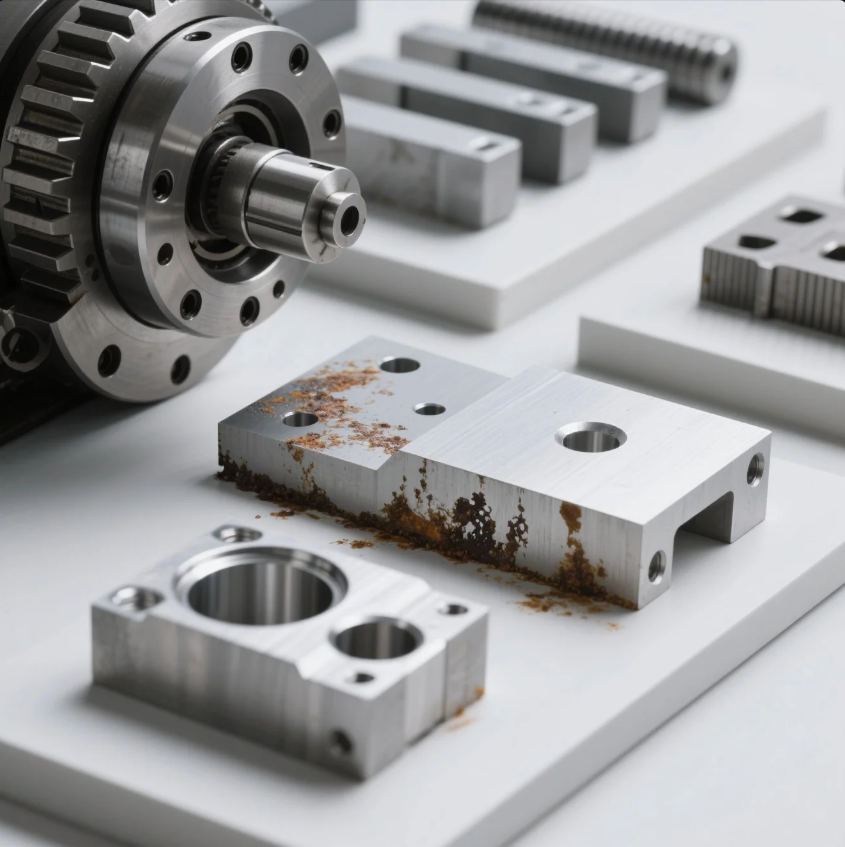
Yes. In extreme environments, CNC titanium part machining consistently outperforms aluminum.
🌊 Durability comparison for precision parts
Titanium excels in:
- Saltwater corrosion (ideal for marine and underwater devices)
- Biochemical stability (ideal for implants)
- Galvanic isolation (perfect for composite structures)
- High-vibration environments (aerospace, automotive)
Precision aluminum parts may last 3–5 years in outdoor or corrosive conditions, while titanium equivalents can last 10+ years with minimal degradation.
That’s why Prime recommends titanium when your precision parts must endure decades of mechanical stress or chemical exposure.
When to use aluminum or titanium for precision parts
✔ Use aluminum when:
- Parts require high thermal conductivity
- You need high-volume output with low cycle times
- Budget is a key constraint
- Post-machining processes include anodizing
- Weight savings are important but strength demands are moderate
✔ Use titanium when:
- Parts must maintain strength at high temperatures
- Environments include seawater or bodily fluids
- Life expectancy exceeds 5+ years
- Fatigue and impact resistance are essential
- The part is structural and mission-critical
Our engineers at Prime review every drawing you send. As an experienced custom titanium parts manufacturer, we’ll advise whether precision aluminum parts or titanium offers better performance and value.
Design considerations for CNC titanium part machining
Designing titanium parts for CNC requires special knowledge. Many new engineers overlook titanium’s challenges.
✅ Design tips for titanium components:
- Avoid deep cavities—prefer wide, open geometries
- Use fillets to reduce tool stress
- Keep wall thickness uniform
- Add relief for chip clearance
- Don’t over-tolerate—use functional tolerance zones
We help clients re-design parts to improve performance while reducing titanium stock usage by up to 18%. Our team ensures your CNC titanium part machining project stays on budget.
Best practices for high-precision aluminum CNC service
High-precision aluminum CNC service can yield extremely accurate, clean parts—if best practices are followed.
📌 Tips for better results:
- Use sharp, polished end mills for mirror finishes
- Reduce vibration with double-contact tool holders
- Optimize tool paths for burr-free edges
- Control thermal expansion—especially on long profiles
- Always test anodizing before full run (some batches vary)
At Prime, our ISO certified machining supplier protocols include FAI (First Article Inspection), SPC charts, and real-time monitoring—essential for precision aluminum parts in medical and optical equipment.
Conclusion
When it comes to precision parts, there’s no one-size-fits-all answer.
Choose CNC titanium part machining when performance, corrosion resistance, and longevity are essential.
Choose precision aluminum parts when speed, budget, and machining flexibility are priorities.
Whether you’re a startup prototyping a new medical device or an aerospace OEM scaling to 10,000 units/month, Prime supports you as a:
- ✅ Custom titanium parts manufacturer
- ✅ ISO certified machining supplier
- ✅ High-precision aluminum CNC service provider
Let’s optimize your next project—starting with the right material choice.
👉 Contact Prime now for technical guidance, rapid prototyping, and full-scale CNC production with guaranteed quality.

